Twinkle, Twinkle Internet Star –Increase Security and Reduce Risk with a Layered Security Posture
Twinkle, Twinkle, little star,
How I wonder what you are!
Up above the world so high,
Like an Access Point providing Wi-Fi!
When it comes to today’s information and cybersecurity challenges, we all want to increase security and reduce risk. The security landscape is increasingly unpredictable, which makes layering available solutions the best option to help maintain business continuity. But why is this the best option? What role does innovation play in today’s security landscape and the need to increase security and reduce risk with a layered security posture?
A few of these brightly burning examples of the security landscape’s unpredictability can be attributed to today’s biggest tech innovators. In 2014 both Google and Facebook announced aspirations to provide free internet to those without it, which at that time accounted for two-thirds of the population. As of now, projections are that 54% of the global population will be connected by the end of 2017, a multi-billion influx of new consumers to the global internet market space. How do Google and Facebook intend on doing this?
Through hundreds of low altitude satellites, creating what would appear to be new stars and entire constellations. Children may one day -- while looking through their telescopes trying to identify a star -- find out it’s not a star but rather what’s providing them their Google search results and offering up free services.
These free services, applications, and conveniences all come at the mere cost of the end user’s willingness to provide their personal information and analytical data, which is eventually sold to data brokers. What happens with that data, who owns that data, and who is protecting that data? Is anyone reading the terms of service specifically formatted and drafted for the typical end user that’s not expected to read them? Probably not, but these are the uncharted waters we all must navigate today when dealing with advancing technology.
Navigating the Challenges of Cybersecurity
As early as the 5th century, the Astrolabe (Greek: “star-taker”) was used for navigational means by measuring the incline position of a celestial body in the sky depending on the time of day or night. In the early 1700s, the Sextant was introduced as a means of celestial navigation by sighting an object such as the sun, moon or star and measuring its distance to the horizon or another astronomical object to determine longitude and latitude. These methods may sound difficult, but just imagine how hard it would be for the navigators of the past to chart a course in today’s digital era of technology and exponential growth.
Today, those tasked with navigating the challenges of information security and cybersecurity -- including myself --understand that there are a lot of distractions and noise when trying to plot a modern-day course. With risk reduction as our destination, if we can stay on course, our journey will yield a better security posture.
This ever-changing landscape increases the importance for strategically aligning the advancing technologic solutions to that of our business objectives. This will provide a clear course charted for our business based on our current position at a particular time. It’s also important to periodically sight the course and make any necessary corrections along the way as business objectives and technology evolve. The more often we do this, the less we stray.
In order to increase the success of the journey and to prevent the ship from sinking, we must increase the awareness of the entire crew. Even if the ship is outfitted with the most advanced technology, it’s all for naught if the crew is unaware of potential threats and how to use the arsenal at their disposal. In the information security and cybersecurity world, we can achieve this through periodic security awareness training.
A Layered Security Posture
To continue the analogy, as we arm the ship we increase security and reduce the risk that the ship will be lost at sea. In the information security and cybersecurity world, we must layer the available solutions as our budgets and resources allow to increase our security posture and lower our overall risk.
We can liken a spy or stowaway onboard a ship to malicious hackers or malware with the potential of doing harm and potentially causing us to veer off course. The sooner we can detect their presence and scope of evolvement, the sooner we can mitigate the risk these vulnerabilities present. In the case of a breach, we need to be able to retrospectively find out what the damages are and remediate as quickly as possible to stay on course and maintain business continuity.
If you feel navigating uncharted waters in technology can be difficult, want more direction on how to increase security, or need help charting a course that provides a layered security solution enforced with training, contact us today. We’ll help you reach calmer waters in what otherwise could be rough cybersecurity seas.
About the author:
Derrick Whisel has worked in IT for over 20 years, with extensive experience in project engineering, management, scoping, budgeting and design. He began his career in the military, and after being honorably discharged as an IT2 Second Class Petty Officer, moved into the private sector where he now works as a Security Solutions Specialist for Internetwork Engineering. Connect with Derrick on LinkedIn.
About Derrick Whisel
Derrick Whisel has worked in IT for over 20 years, with extensive experience in project engineering, management, scoping, budgeting and design. He began his career in the military, and after being honorably discharged as an IT2 Second Class Petty Officer, moved into the private sector where he now works as a Senior Technical Advisor for Security Solutions here at Internetwork Engineering.




